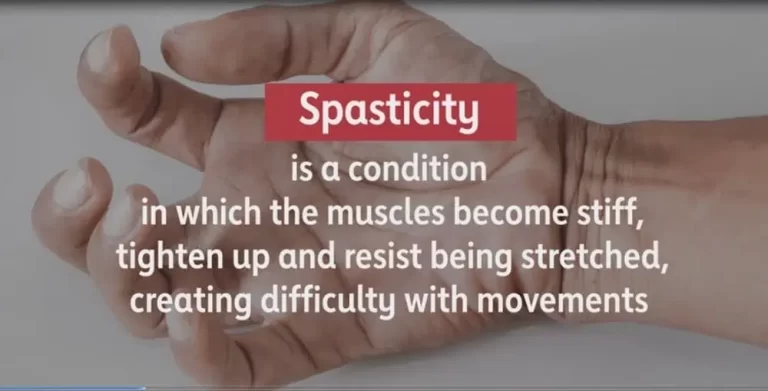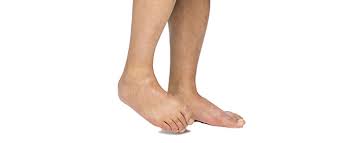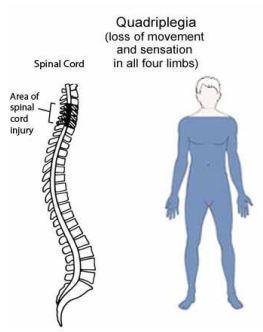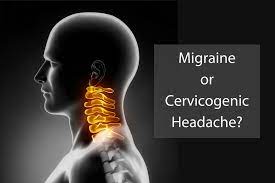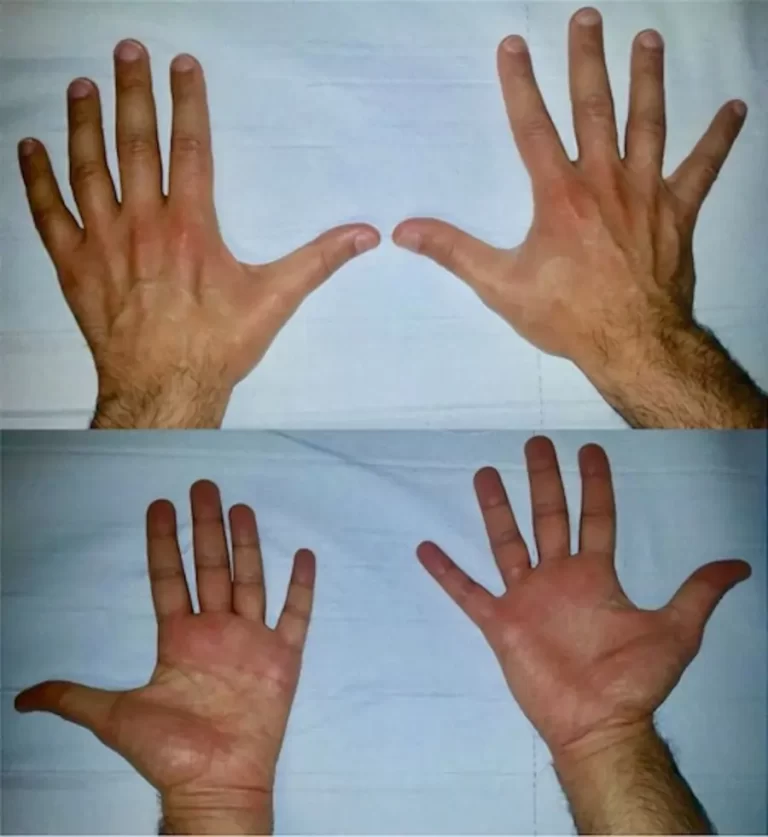Sciatica Pain Physical Therapy Treatment & Exercise, Yoga Position:
Sciatica pain is caused by the irritation or compression of the sciatic nerve, the largest nerve in the body. The sciatic nerve is formed by the joining of the nerves from the spinal cord that run through the lower back, hips and buttock area to the legs. The sciatic nerve is responsible for transmitting signals…



